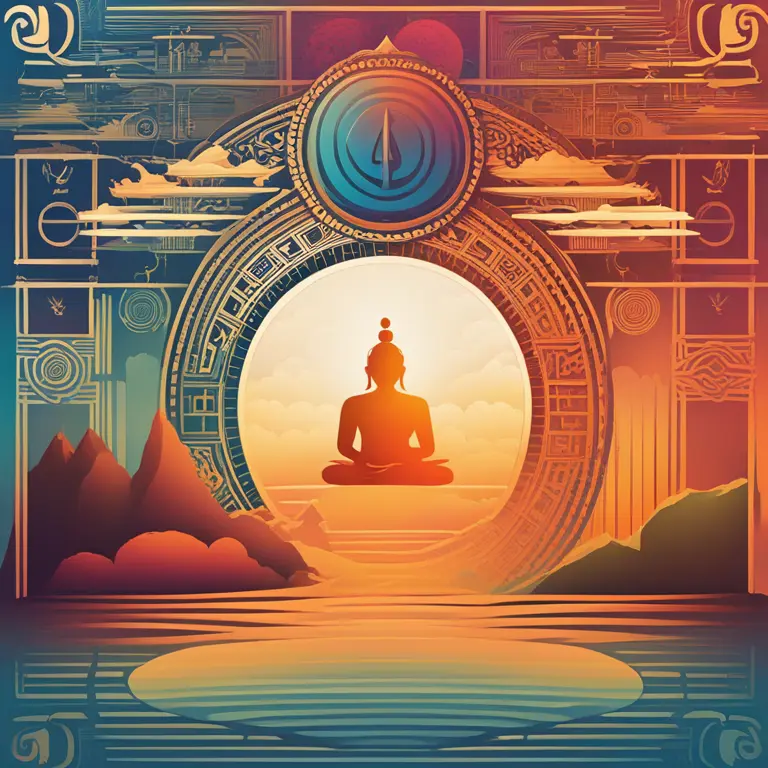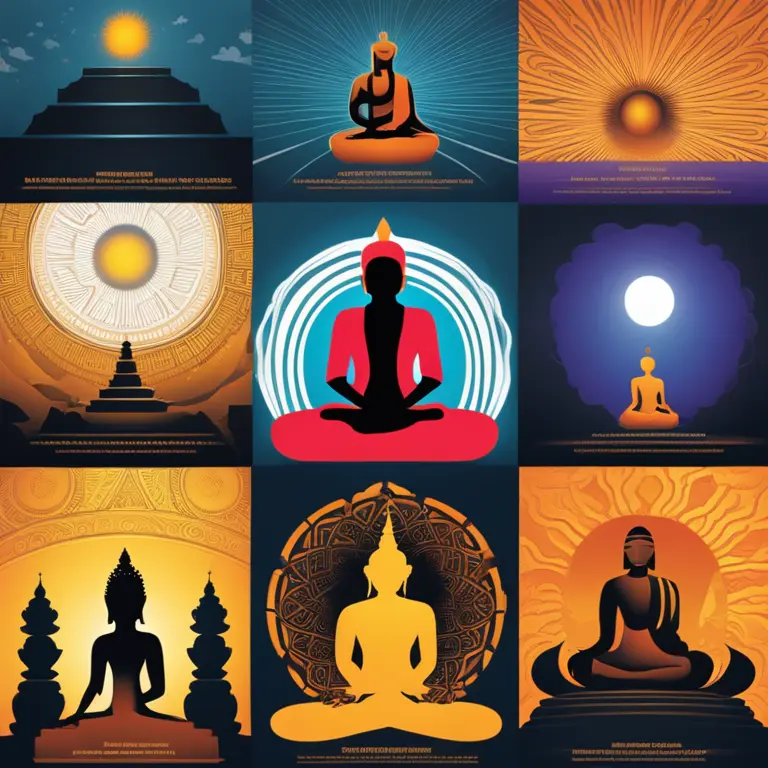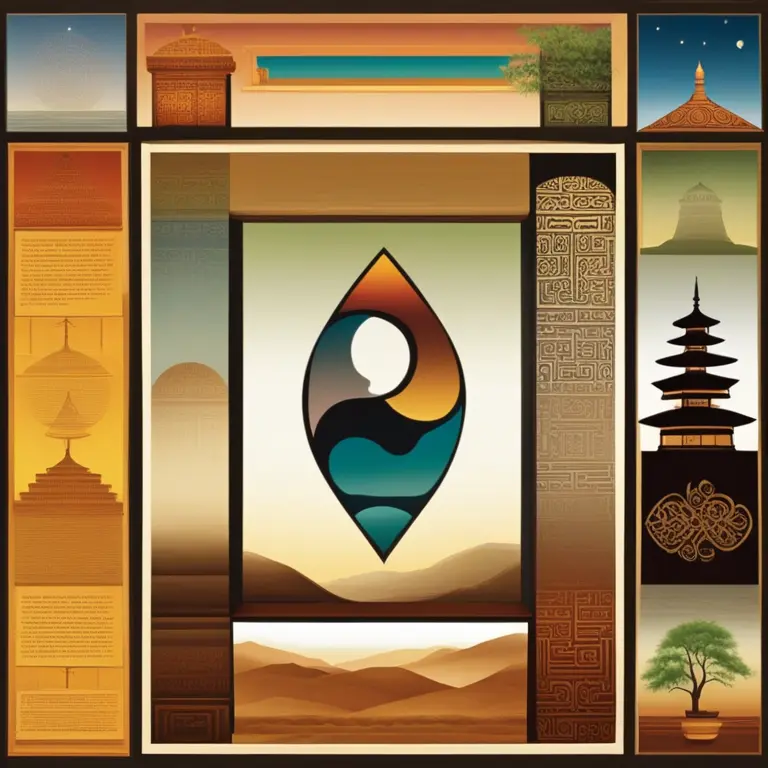
The Origins of Meditation: A Historical Overview
Delve into the birth of meditation, tracing its ancient beginnings and the cultures that contributed to its development as a transformative practice.
article by Hina Kurosawa
The Dawn of Meditation
The roots of meditation stretch far back into human history, intertwining with the spiritual and philosophical developments of ancient civilizations. While pinpointing who specifically "made" meditation is not feasible, the practice likely arose independently among various cultures as they sought deeper understanding of the mind, spirit, and cosmos. We can trace meditation's earliest references to texts and artifacts from thousands of years ago, indicating that its practice is as old as civilization itself.

Ancient Civilizations and Contemplative Practices
Historical records from India suggest that forms of meditation were practiced over 5,000 years ago, with foundations in the ancient Vedas and becoming systematized in Hindu traditions. Similarly, Buddhism, born in the 6th century BCE, has meditation at its core, espoused by the teachings of Siddhartha Gautama, the Buddha. Taoist China and Shinto Japan also developed their indigenous forms of meditative practices, emphasizing harmony with nature and the universe.

Evolution Over the Centuries
Over time, meditation evolved, adapted, and spread across cultures. Through trade routes and military conquests, meditative practices reached new territories, such as the Middle East, where Sufism incorporated forms of meditation in the Islamic golden age. It was during the Middle Ages that meditation also took a stronghold within Christian monastic orders with the practice of contemplative prayer.

Meditation in Modern Times
The 20th century marked the global proliferation of meditative practices, as travel and communication advancements brought Eastern philosophies to Western shores. The hippie movement of the 1960s and 1970s embraced meditation as part of the counter-culture, leading to its mainstream appearance. Technological developments and research in the late 20th and early 21st century also allowed scientists to study the effects of meditation on the human brain, lending empirical support to its benefits.

Meditation Goes Digital
With the rise of the digital age by 2024, meditation has transformed from an esoteric practice to a widely available resource via apps and online platforms. This digitalization has made meditation accessible to a broader audience, fostering a global community of practitioners regardless of their cultural or religious background, united in seeking mental clarity, emotional health, and spiritual well-being.
The Future of Meditation
As we go farther into the 21st century, meditation is poised to continue its evolution, intertwined with advancements in virtual reality, artificial intelligence, and neurofeedback. These technologies promise to deepen our understanding and enhance the experience of meditation, potentially making it an even more integral part of human health and self-development.
Published: 1/14/2024
Modified: 1/15/2024
More predictions
Come back here soon to learn more about yourself and your future


Easing Loneliness with Mindfulness Meditation
Explore how mindfulness meditation can provide solace and connection to alleviate the feelings of loneliness.


Discovering Life with Meditation Mantras
Delve into the transformative power of meditation mantras to harmonize your mind, body, and spirit for a tranquil existence.


Mindfulness Meditation Basics for First Graders
Introducing foundational mindfulness meditation practices to instill calm and focus in first-grade students.